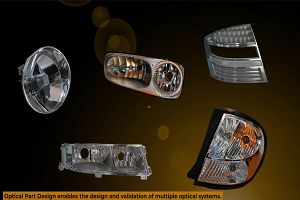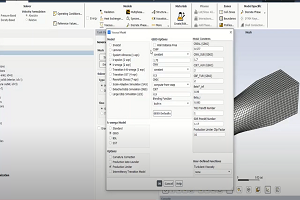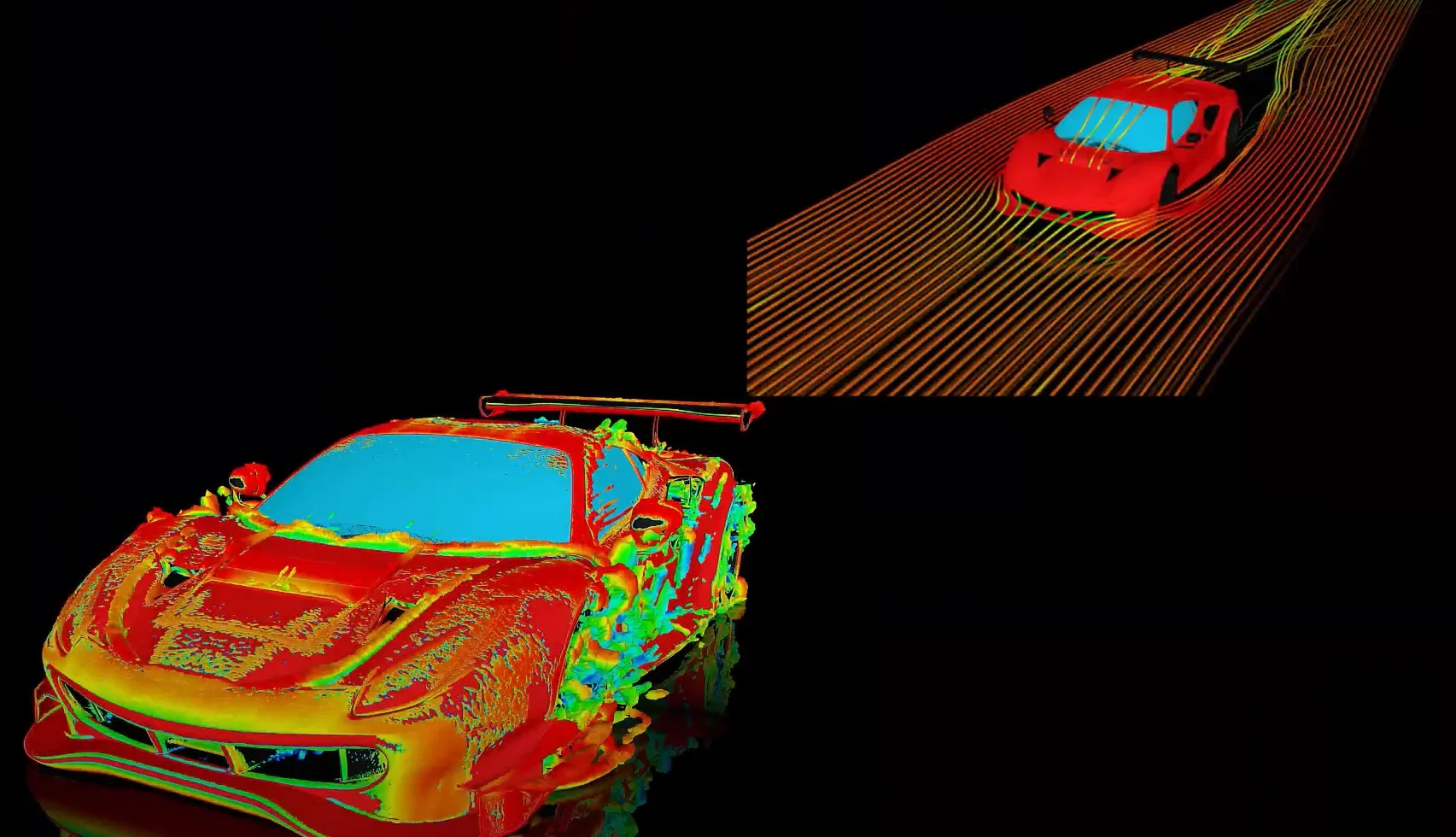Why does load multiplier reduce by 1 in eigenvalue buckling when I turn on large deflection in the base structural analysis?
-
-
March 17, 2023 at 9:00 am
 FAQParticipant
FAQParticipantIf the base analysis is linear, the total perturbation load multiplied by the buckling load factor represents the ultimate buckling load. The prediction of the buckling load can be written: F_buckling = 0 + lamda * F_perturbed. If the base analysis is nonlinear, the ultimate buckling load is sum of the restart point load and the additional perturbation load: F_buckling = F_restart +lamda*F_perturbed. By default setting the “Keep Pre-Stress Load-Pattern” property to “Yes” retains the loading pattern from the Static Structural Analysis in the Eigenvalue Buckling analysis. Therefore, you will find load multiplier reducing by 1 when changing base analysis from linear to nonlinear.
-


Introducing Ansys Electronics Desktop on Ansys Cloud
The Watch & Learn video article provides an overview of cloud computing from Electronics Desktop and details the product licenses and subscriptions to ANSYS Cloud Service that are...

How to Create a Reflector for a Center High-Mounted Stop Lamp (CHMSL)
This video article demonstrates how to create a reflector for a center high-mounted stop lamp. Optical Part design in Ansys SPEOS enables the design and validation of multiple...

Introducing the GEKO Turbulence Model in Ansys Fluent
The GEKO (GEneralized K-Omega) turbulence model offers a flexible, robust, general-purpose approach to RANS turbulence modeling. Introducing 2 videos: Part 1 provides background information on the model and a...

Postprocessing on Ansys EnSight
This video demonstrates exporting data from Fluent in EnSight Case Gold format, and it reviews the basic postprocessing capabilities of EnSight.

- How to reduce contact penetration?
- How to decide which side should be Contact and which should be target in Contact definition?
- What is the difference between secant and instantaneous coefficients of thermal expansion (CTE)?
- How to use the Newton-Raphson residuals option under Solution Information?
- Does ECAD trace mapping support more than one type of trace material (usually copper) in the same layer?
- How to plot stresses of a beam connection in Workbench?
- How do I export all result objects data in tabular format?
- How can I apply a controlled rotation in ANSYS Mechanical
- Difference Between Environment Temperature and Reference Temperature in Mechanical
- How to find total heat flowing through a surface in Mechanical?

© 2025 Copyright ANSYS, Inc. All rights reserved.

